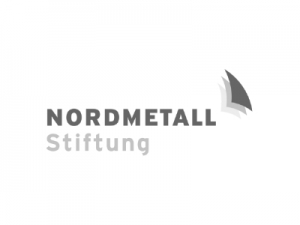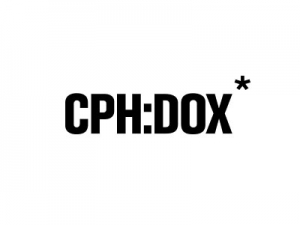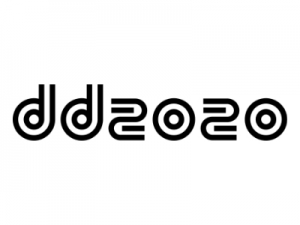52HZ – WEIRD INTERMEDIATE BEINGS
The VRHAM! Academy was supposed to bring together students and young graduates from the XR world in Hamburg, enable networking with experts, let them experience this year’s program and promote the exchange with internationally established artists. However, shortly after the publication of our Open Call, we had to change plans and move the exchange to the virtual space. From the many exciting submissions, we selected a collective of students to present their works to an international audience.
- What does it mean to escape from the human-centered visual regime?
- How does it feel to enter the sensory apparatus of an animal?
- Does the change of perspective create new empathic bonds between human and non-human?
- What is nowadays spatially and psychologically innovating?
52 Hz explores the capability and inexhaustible power of our brains to adapt to any kind of imaginary scenario. Our ability for neuroplasticity coupled with the emerging tools to create immersive virtual environments open up new and provoking ways to see and engage with the tangible and intangible world we inhabit.
Under this condition students of ./studio3 – Institute of Experimental Architecture, University of Innsbruck, explored during the semester possible ways of engaging with simulated animal visions in order to perceive their built environment from an unfamiliar point of view. They aimed at designing machinic eyes, interfacing with computer visions and changing the perception from human to non-human. They stayed fleshed while allowed themselves to be wired in order to investigate how interactive interfaces can augment and convey human experience, interaction, and perception.
Presented by the NORDMETALL-Stiftung

Access
Visitor type


Credits
Institution ./studio3, Institute for experimental architecture, Faculty of Architecture, University of Innsbruck
Teaching Uwe Brunner, Cenk Güzelis, Raphael Hanny
Workshop Burkart Schwaighofer
Students Jaclyn Debiasi, Iris Schumacher, Rebecca Sillaber, Sabrina Neuwirth, Fabio Brunn, Laura Kopp, Magdalena Rechei, Jan De Con, Sandro Sanin, Stephan Hollwarth, Johanna Achma, Konrad Sonne, David Kienpointer, Moritz Riedl, Nathaniel Nutt, Jan Klassen, Jonas Langenfelder, Anna Pompermaier, Jim Wagner, Hannah Kotai, Lukas Vorreiter, Andreas Thaler, Anna Klam.
Animals Dragonfly, Mandarinfish, Clownfish, Snail, Chameleon, Python








